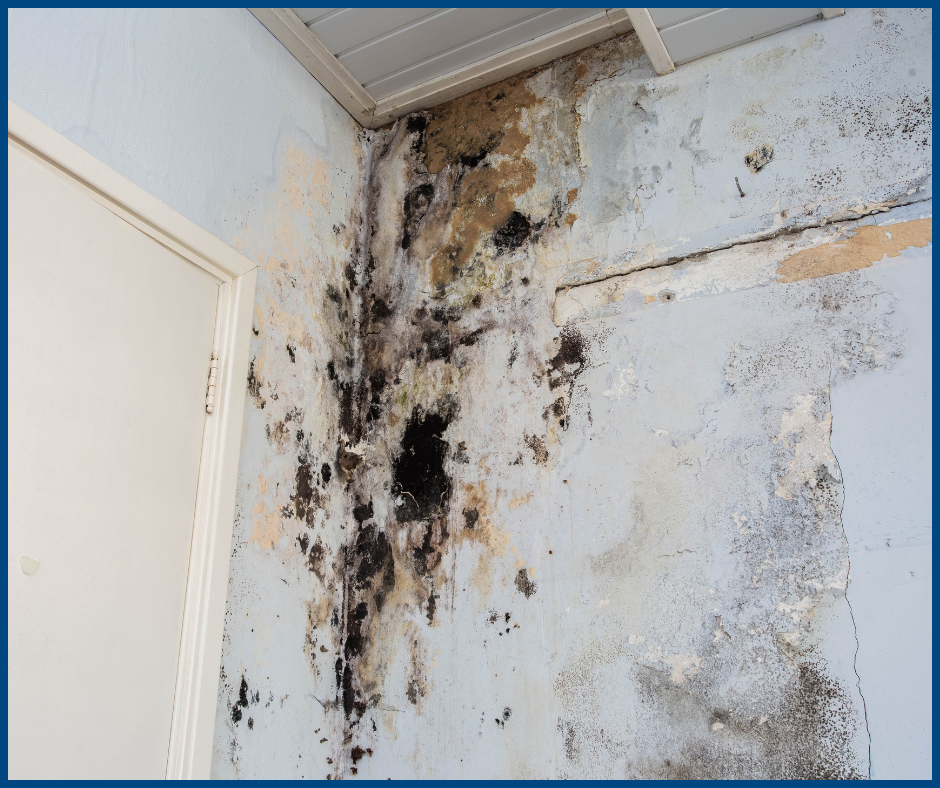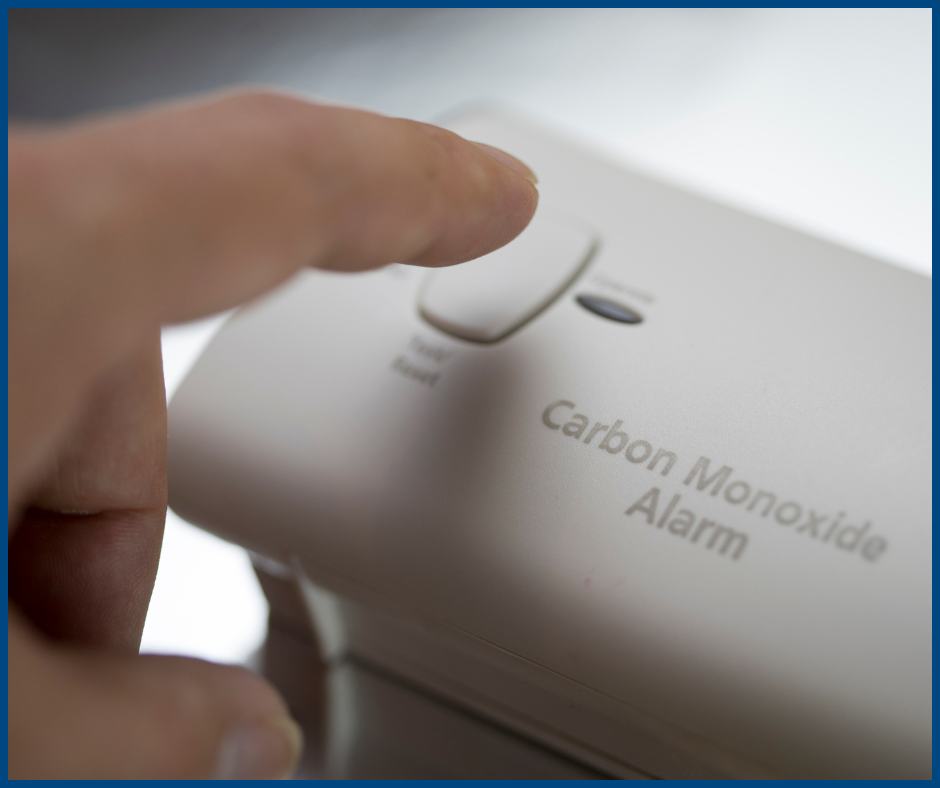Unseen Threats: Understanding and Mitigating Environmental Hazards in Your Home
Our homes are our sanctuaries, but they may also hide invisible threats in the form of environmental hazards. Understanding and mitigating these hazards is essential for the well-being of our families and the planet. In this blog post, we’ll explore some common environmental hazards that could affect your home and discuss steps you can take to protect your health and the environment.
Lead-Based Paint
The Hidden Danger
Lead-based paint, often found in older homes, poses a serious health risk, especially to young children. Lead exposure can lead to developmental delays, learning disabilities, and other health issues.
What You Can Do
If you suspect lead-based paint in your home, consider professional testing and removal, especially in areas accessible to children.
Radon Gas
Invisible Threat
Radon is a radioactive gas that can seep into your home from the ground. Prolonged exposure to radon can lead to lung cancer.
How to Protect Your Home
To mitigate this environmental hazard, test your home for radon and consider radon mitigation systems if necessary.
Mold and Indoor Air Quality

Common Environmental Concern
Mold growth in homes is a common environmental hazard. Mold can trigger respiratory problems and allergies.
Steps to Improve Indoor Air Quality
Regularly inspect your home for water leaks and high humidity levels. Address any mold issues promptly, improve ventilation, and use dehumidifiers to maintain indoor air quality.
Mold Testing and Sampling
Detecting mold is not always straightforward, as it can hide behind walls, under floors, or in other concealed areas. Mold testing and sampling are crucial for accurately identifying mold presence and assessing its impact on indoor air quality.
Asbestos
Known Carcinogen
Asbestos can be found in older homes in insulation, floor tiles, and more. Disturbing asbestos can release harmful fibers into the air.
Safe Handling
If you suspect asbestos in your home, consult with professionals for proper testing and, if needed, safe removal.
Hazardous Chemicals and VOCs
Indoor Air Quality Impact
Many household products contain volatile organic compounds (VOCs) and hazardous chemicals that can affect indoor air quality. These substances can contribute to respiratory issues and other health problems.
Choosing Safer Alternatives
Opt for eco-friendly and low-VOC products, ensure proper ventilation, and store chemicals safely.
Carbon Monoxide (CO)
Invisible Killer
Carbon monoxide is a colorless, odorless gas that can be deadly if undetected.
Detection and Prevention
Install carbon monoxide detectors in your home, especially near sleeping areas and fuel-burning appliances. Regular maintenance of heating systems, fireplaces, and chimneys is also crucial.
Water Contamination
Compromised Quality
Water quality can be compromised by pollutants like lead, bacteria, and chemicals.
Ensuring Safe Water
Test your water for contaminants and install water filtration systems if needed. Regularly maintain and clean water sources.
Pesticides and Herbicides
Environmental and Health Risks
The use of pesticides and herbicides can have adverse effects on the environment and human health.
Natural Alternatives
Consider using natural alternatives for pest control and minimize the use of harmful chemicals in and around your home.
Environmental hazards in your home may not always be visible, but they can have significant consequences for your health and the planet. Understanding these environmental hazards and taking steps to mitigate them is a responsible and caring approach to maintaining a safe and sustainable home. Regular inspections and awareness are key to ensuring a healthy living environment for you and future generations.
By being mindful of these environmental hazards and taking proactive measures to address them, you can create a safer and more eco-friendly living space for your family. Your home should be a place of refuge, not a source of harm to your health or the environment.
